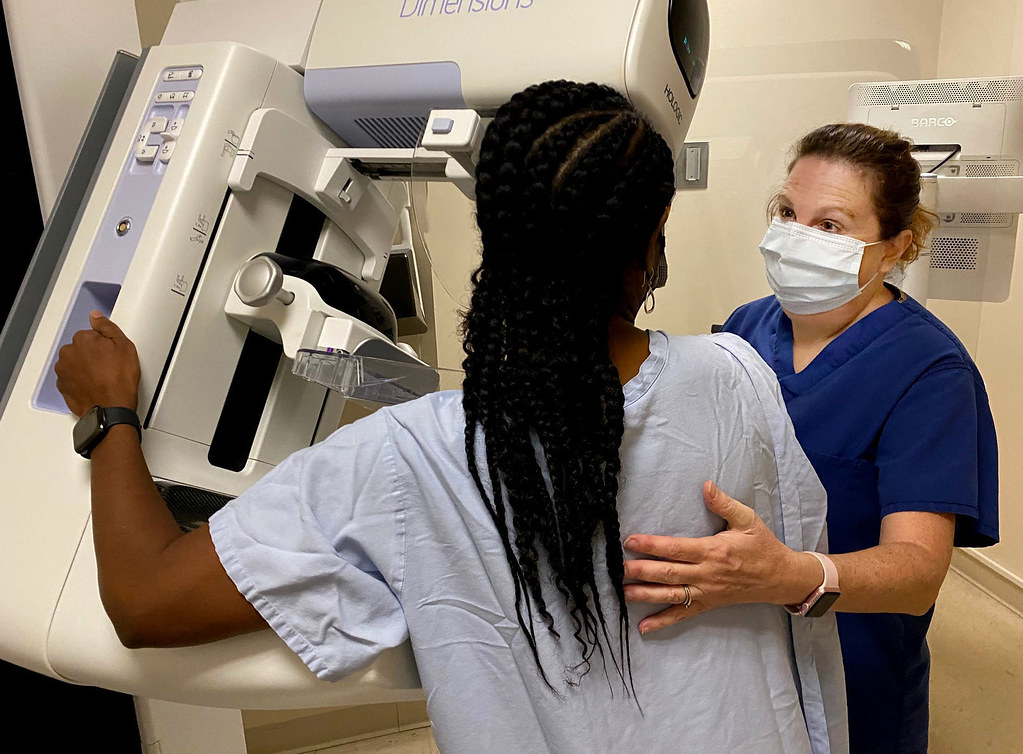Understanding what a mammogram is and who it benefits can provide clarity around this integral diagnostic procedure. The timing and frequency of a mammogram depend on various factors. Being informed can help you make decisions in collaboration with your healthcare provider
What Is a Mammogram?
A mammogram is an imaging procedure that uses low-dose X-rays to examine the breast tissue. It is widely performed to detect potential abnormalities, such as the presence of lumps. Mammograms are commonly conducted as a screening tool to help healthcare providers monitor breast health over time.
Screening mammograms are often performed on individuals with no symptoms or abnormalities. These help detect potential conditions early, sometimes before they are noticeable through physical examination. Diagnostic mammograms are used when symptoms like unusual lumps, pain, or nipple discharge are present, focusing on specific areas of concern.
Who Should Receive One?
The recommendation for mammograms varies based on individual circumstances, such as age, family history, and personal medical history. Your healthcare provider may adjust your timeline to receive one based on your unique situation. Screening mammograms are often suggested after discussing personal risk factors with a healthcare professional. It is also worth noting that individuals at higher risk may be advised to start regular screening earlier or explore additional imaging options.
What Does the Procedure Entail?
Understanding the procedure can help reduce hesitation or unease. A mammogram is a relatively quick and straightforward process, typically taking less than 30 minutes to perform. The details may differ from situation to situation, but the general guideline usually remains the same.
Preparing for the Appointment
No extensive preparation is required, but there are a few helpful steps. Avoid applying deodorants, lotions, or powders under the arms or on the breasts on the day of the procedure, as these products can interfere with imaging. If you have prior mammogram records, providing them to your healthcare provider may assist in comparative analysis.
During the Procedure
During the mammogram, you will stand in front of a specialized X-ray machine, and a technologist will position each breast on a flat panel. A compression paddle will gently press the breast tissue to spread it evenly and minimize motion. This compression allows for clearer, more detailed imaging. While the compression may feel uncomfortable, it typically lasts a few seconds, and the overall procedure is manageable for most individuals.
After the Mammogram
Following the procedure, the images are reviewed by a radiologist, who will evaluate them for any signs of abnormalities. If the results indicate an area of concern, additional imaging or tests may be suggested. It is common to require follow-ups, as many irregular findings are benign and not indicative of a significant issue.
Speak to an OBGYN About Diagnostics
Mammograms are a key tool in monitoring breast health and identifying potential concerns early. The decision regarding when to start scheduling mammograms and how frequently to repeat them depends largely on individual factors, including age and family medical history. Establishing a regular screening routine with the advice of an OBGYN or primary care provider can enhance long-term wellness and provide peace of mind. Scheduling a consultation can provide the information you need and help you prioritize your health.

